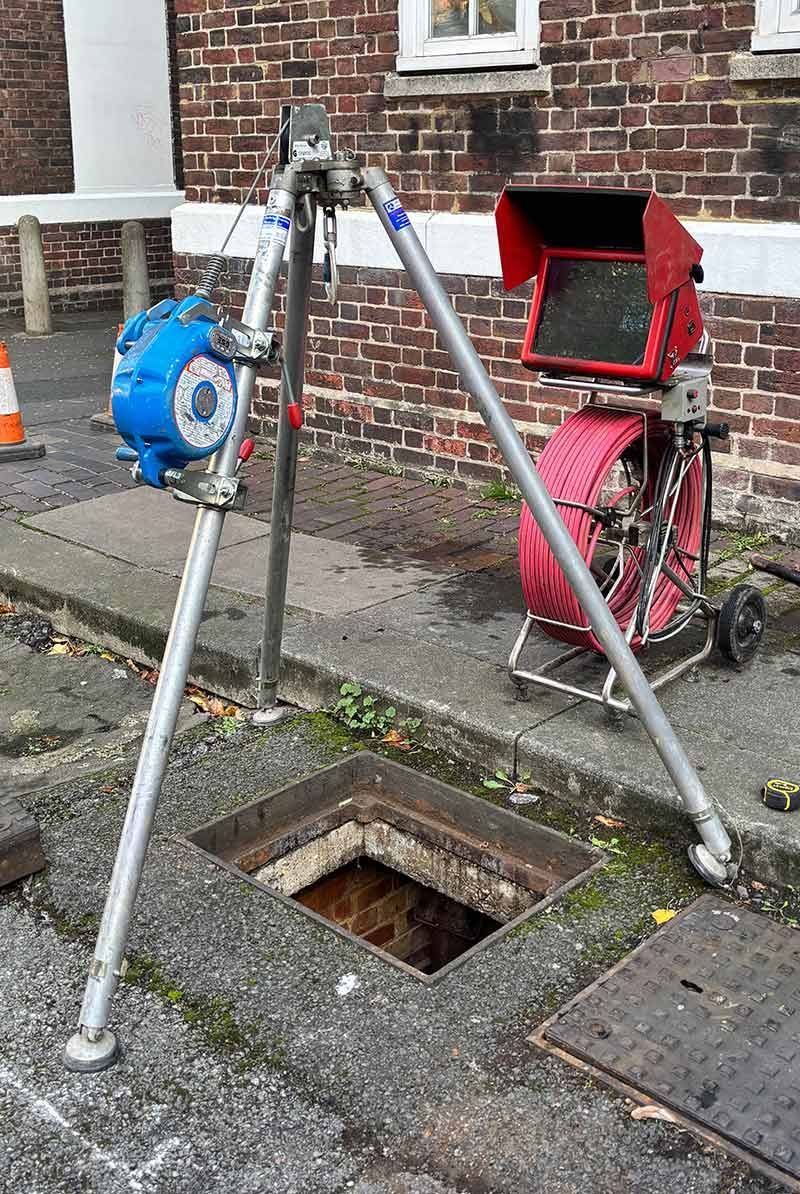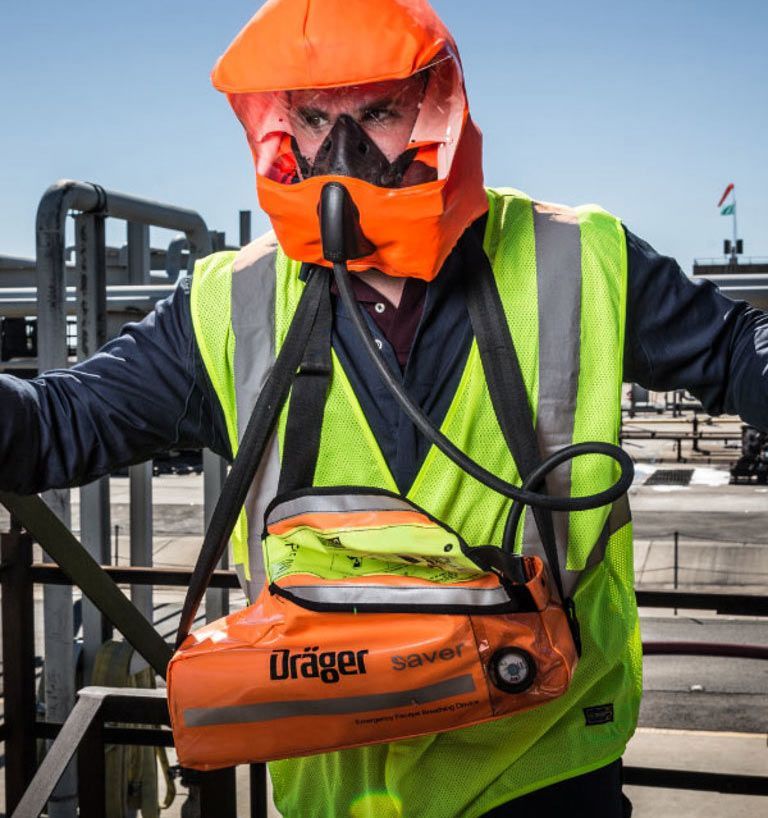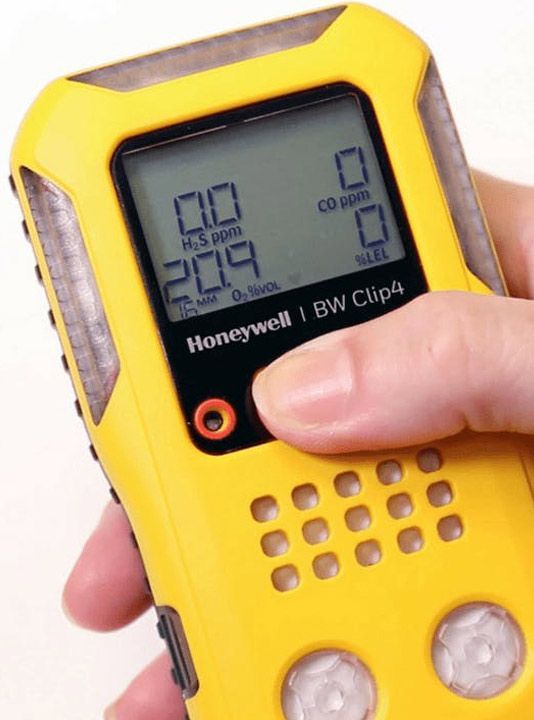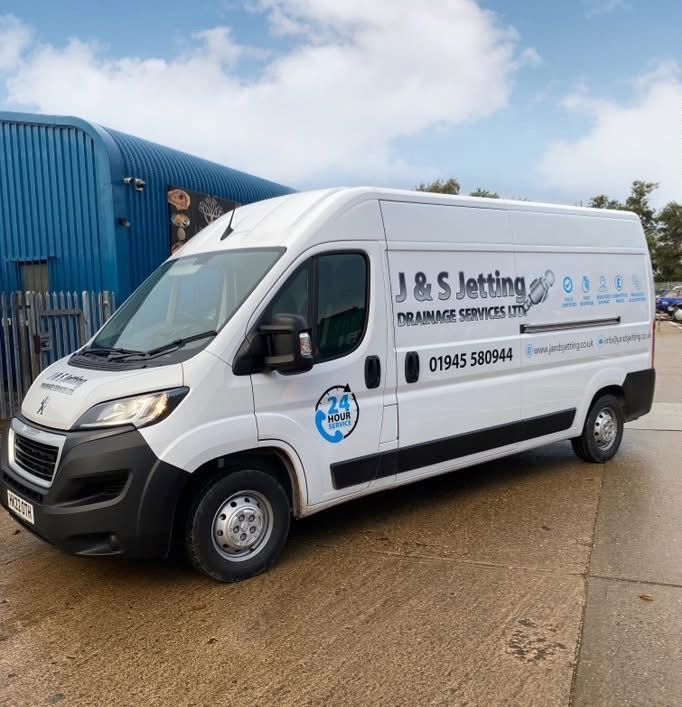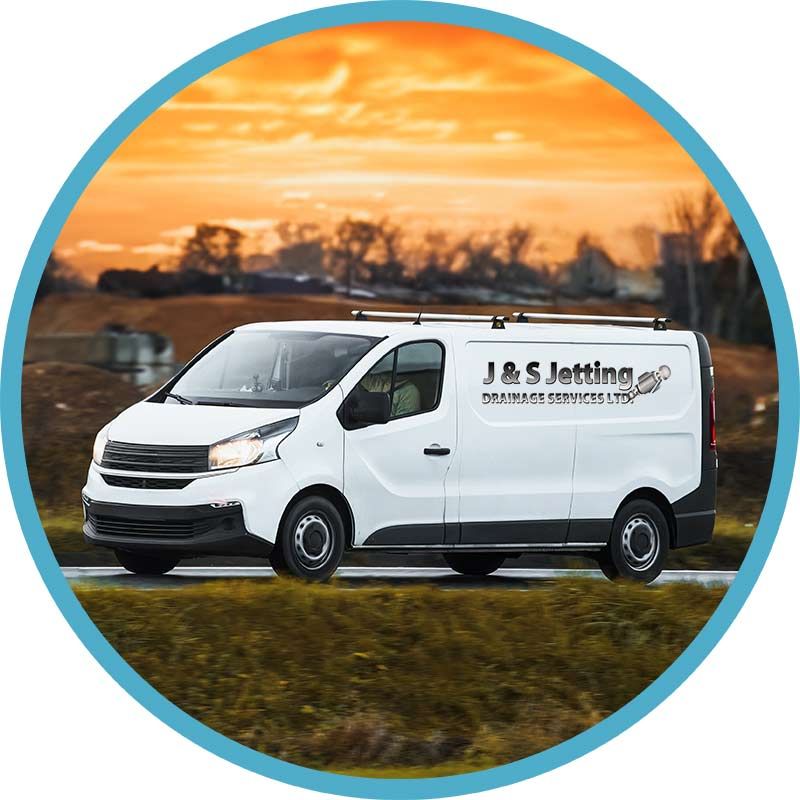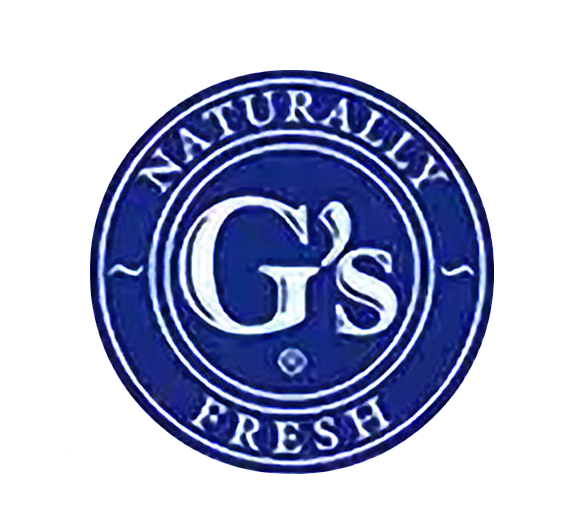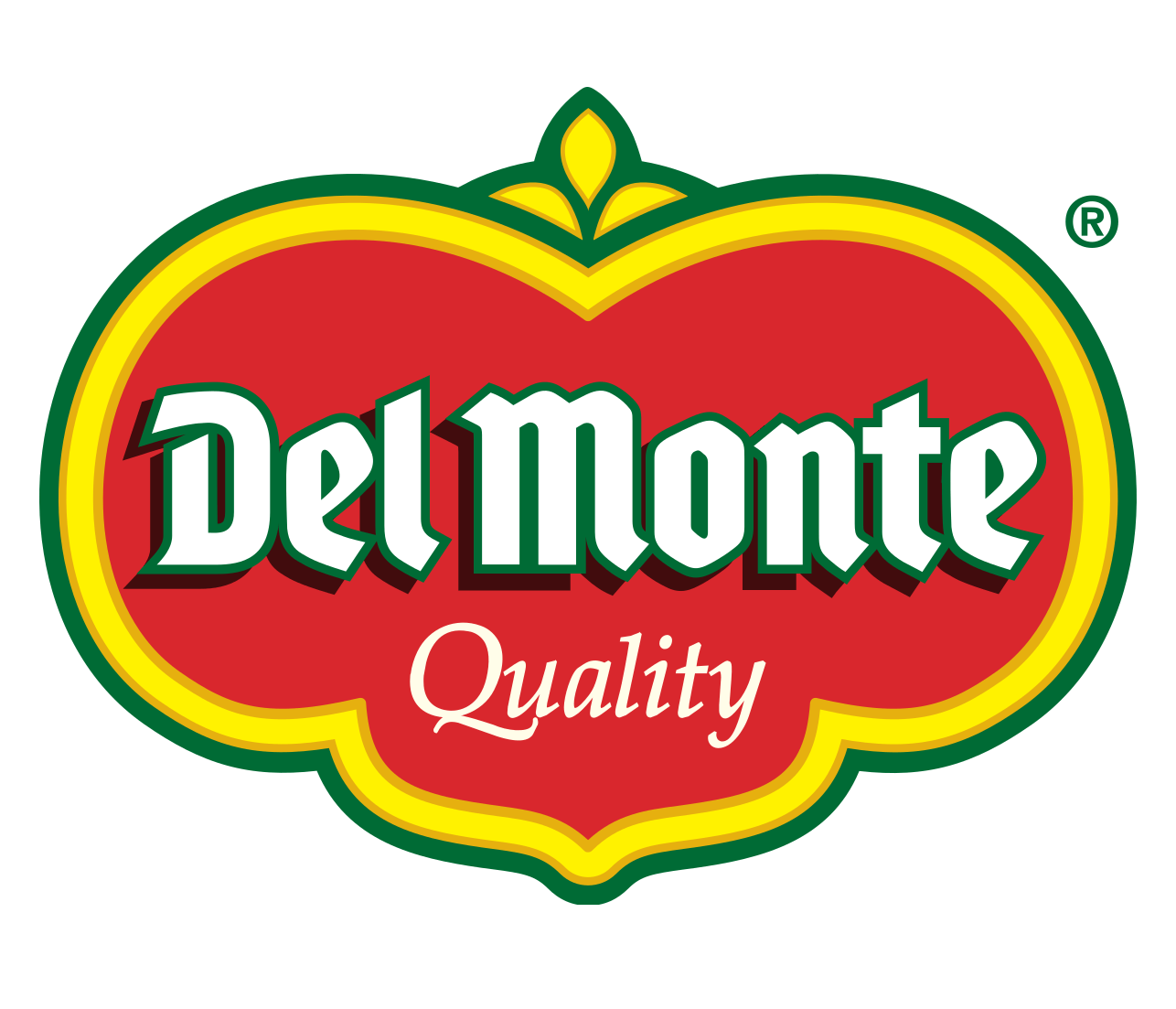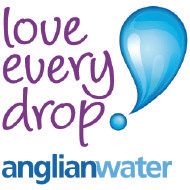NC1–NC3 Confined Space Drainage Services
Specialist drainage solutions for hazardous, restricted, and high-risk environments
Confined Space Drainage Experts:
When it comes to confined space drainage, precision, safety, and compliance are paramount. NC1–NC3 classifications define the severity and risk level of confined spaces, ranging from low-risk to high-risk entries, based on factors such as oxygen levels, hazardous gases, accessibility, and complexity of the work.
As a specialist drainage contractor, we provide fully certified NC1–NC3 confined space drainage services, ensuring that every project meets UK health and safety regulations, while safeguarding both our operatives and your infrastructure.
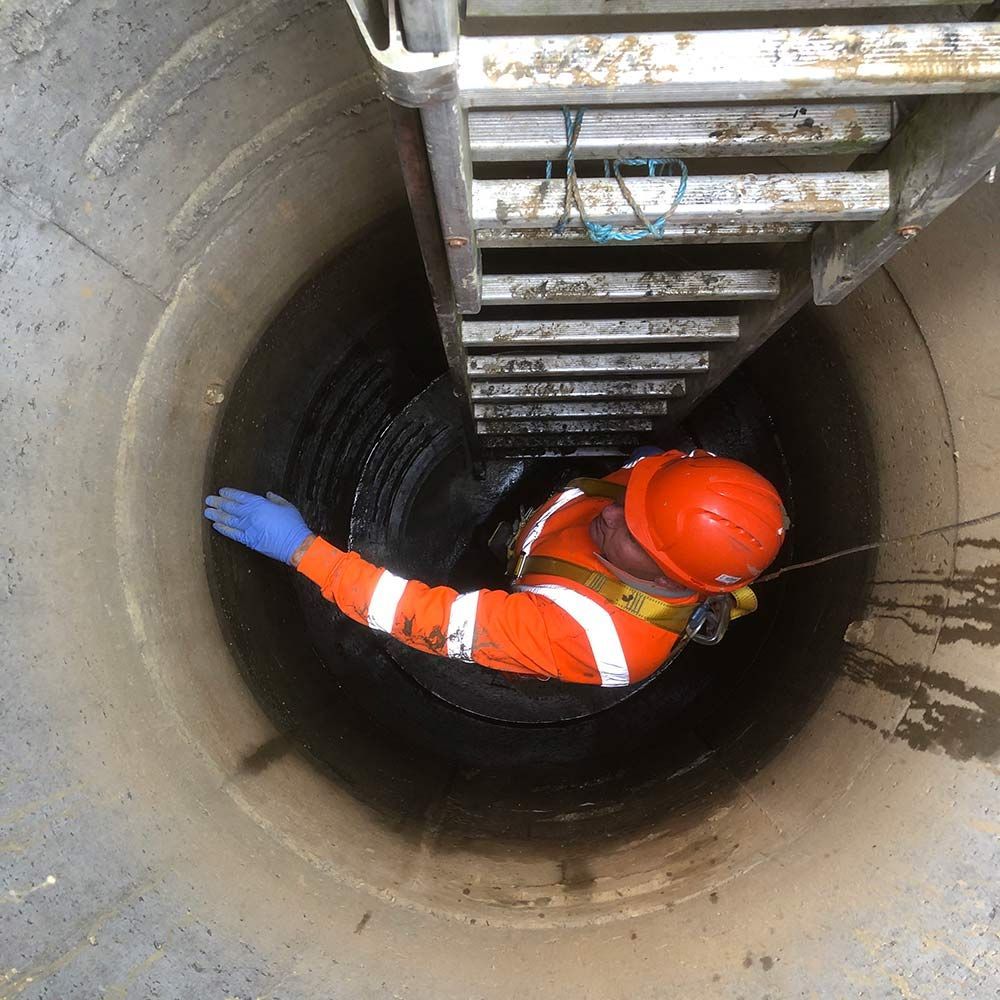
What is NC1–NC3 Confined Space Drainage?
- NC1 (Low Risk): Minimal hazards, adequate natural ventilation, and straightforward entry/exit.
- NC2 (Medium Risk): Potential for hazardous atmospheres, more complex entry/exit, or mechanical assistance required.
- NC3 (High Risk): Significant risk of life-threatening conditions, need for breathing apparatus, advanced rescue procedures, and specialist equipment.
Types of Drainage Works in Confined Spaces
- Above and below ground tank cleaning and inspection
- Pump pit diagnostics and remedial works
- Object retrieval (e.g., dropped manhole covers, tools, or equipment)
- Sewer and culvert cleaning
- Stormwater attenuation tank maintenance
- Interceptor and grease trap cleaning
Common Hazards in Confined Space Drainage...
Working in NC-classified drainage environments can involve:
- Oxygen deficiency or enrichment
- Toxic atmospheres (e.g., methane, hydrogen sulphide)
- Risk of flooding from upstream systems
- Heat stress or hypothermia
- Biological contamination from sewage
- Confined working conditions leading to fatigue or disorientation
Our teams use continuous gas monitoring, ventilation systems, and strict entry/exit protocols to mitigate these risks.
Requirements for Entering NC1–NC3 Confined Spaces:
Before any confined space drainage work begins, strict legal and procedural requirements must be met. To mitigate risks, the Health and Safety Executive (HSE) emphasises a safe system of work for confined spaces. This includes:
- Risk Assessment: Identifying and evaluating potential hazards before entering.
- Permit-to-Work System: Ensuring only trained, certified NC1–NC3 and authorised personnel enter, with all control measures in place.
- Atmospheric Testing: Continuously monitoring the air quality for oxygen levels and toxic gases.
- Ventilation: Using fans or air movers to remove hazardous gases and introduce fresh air.
- Personal Protective Equipment (PPE): Including overalls, waterproofs, gloves, gas monitors, full body harnesses, escape breathing apparatus, and explosion-protected lighting.
- Communication: Maintaining constant communication with team members and a standby person outside.
- Emergency Planning: Having a clear rescue plan and trained rescue personnel available.
- Avoiding Entry if Possible:
Exploring alternative methods to work on the drainage system without entering.
Book Confined Space Drainage
If you require NC1–NC3 confined space drainage, contact our specialist team today. We’ll provide a tailored risk assessment, clear project plan, and cost-effective solution, while ensuring maximum safety and compliance.
🔧 20 years experience
✅ Fully Licensed Waste Carrier
🚚 Specialist Equipment
📆 Flexible Contracts
⭐ 5-Star Rated
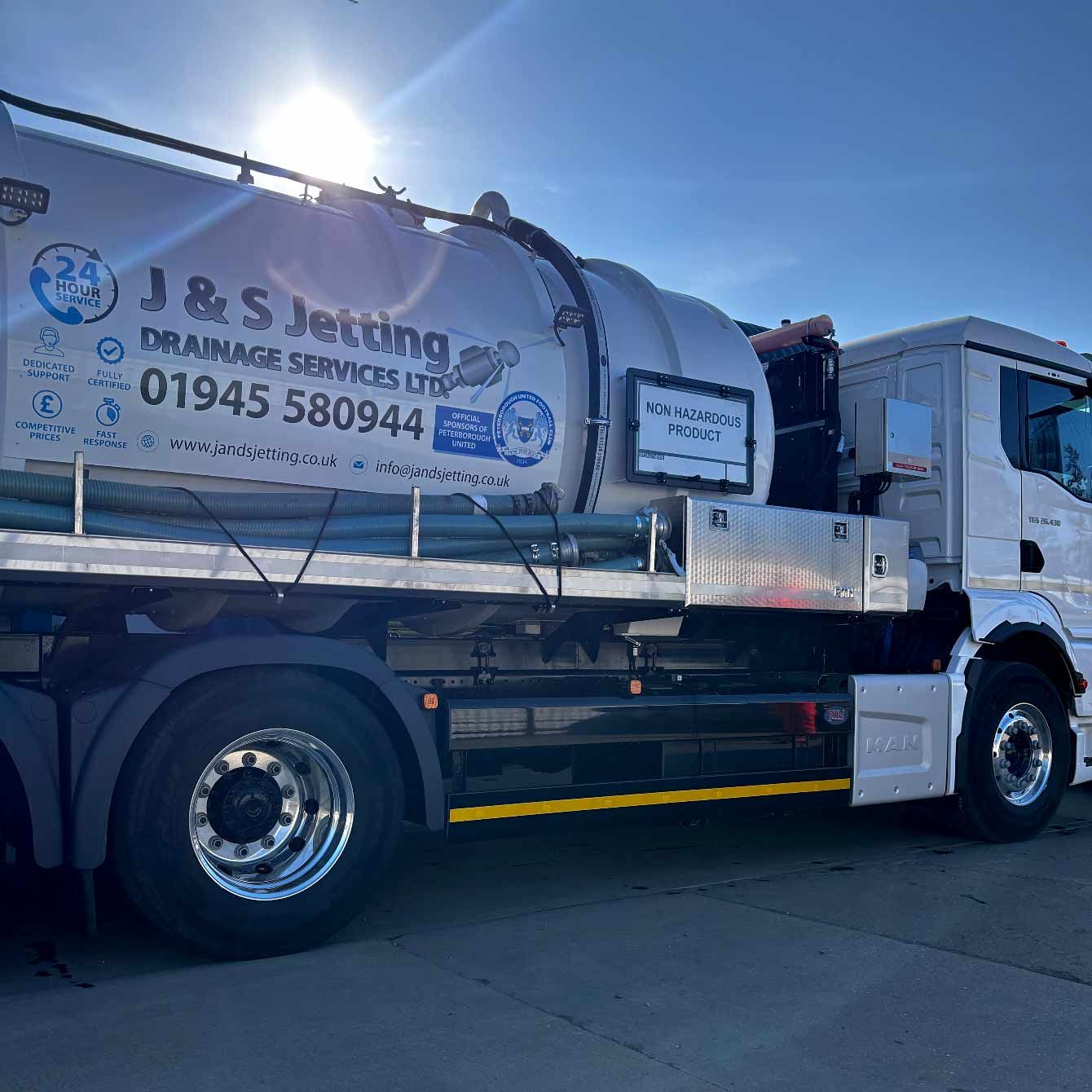
NC1-NC3 Confined Space Drainage Near Me
We proudly serve Peterborough, Cambridgeshire, Norfolk, Northamptonshire, Lincolnshire, Bedfordshire, Hertfordshire and Suffolk with comprehensive NC1-NC3 Confined Space Drainage services.
We employ advanced methods and equipment to ensure efficient, compliant, and safe operations:
NC1-NC3 Confined Space Drainage FAQ's
Do I need an NC-classified team for my drainage work?
If your drainage system requires entry into a space with restricted access, poor ventilation, or potential hazards, NC-classified confined space entry is required by law.
What happens if my site has high-risk (NC3) conditions?
We deploy advanced breathing apparatus, continuous monitoring, and dedicated rescue teams to manage and mitigate these risks safely.
Can you work on emergency blockages in confined spaces?
Yes. Our emergency teams can mobilise 24/7 for urgent confined space drainage issues.

